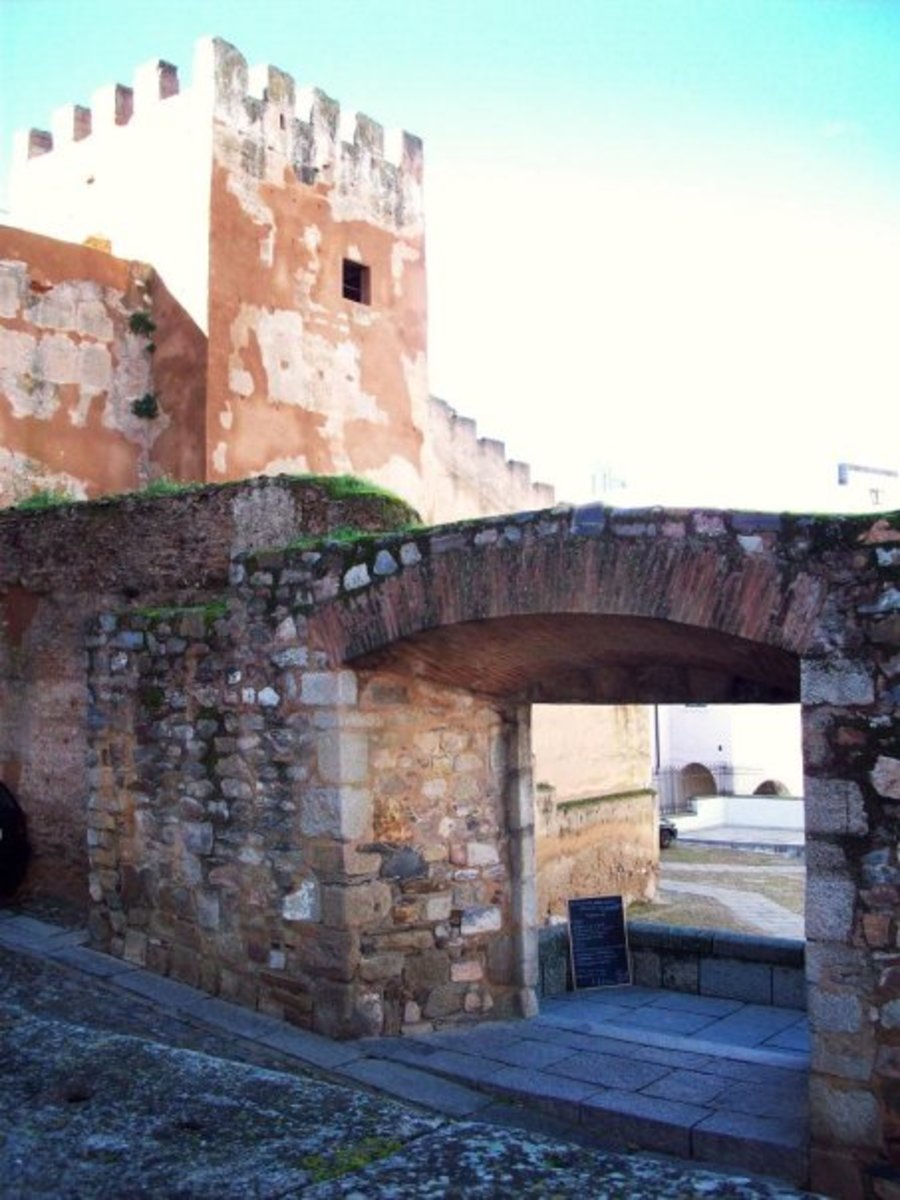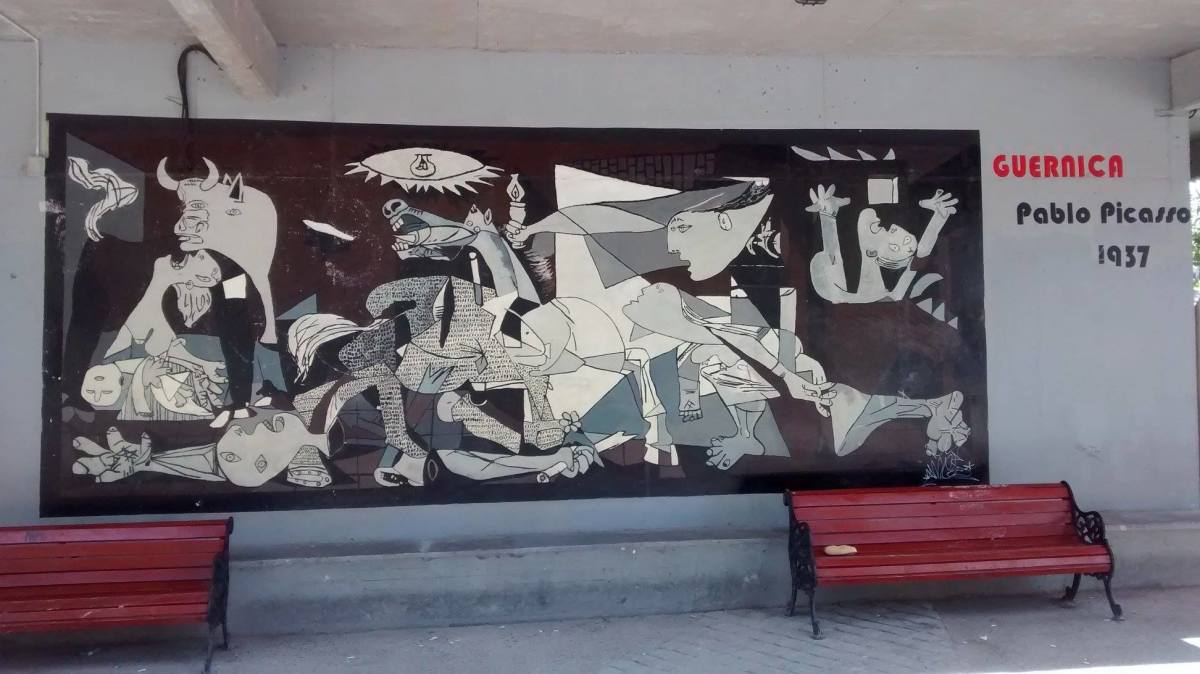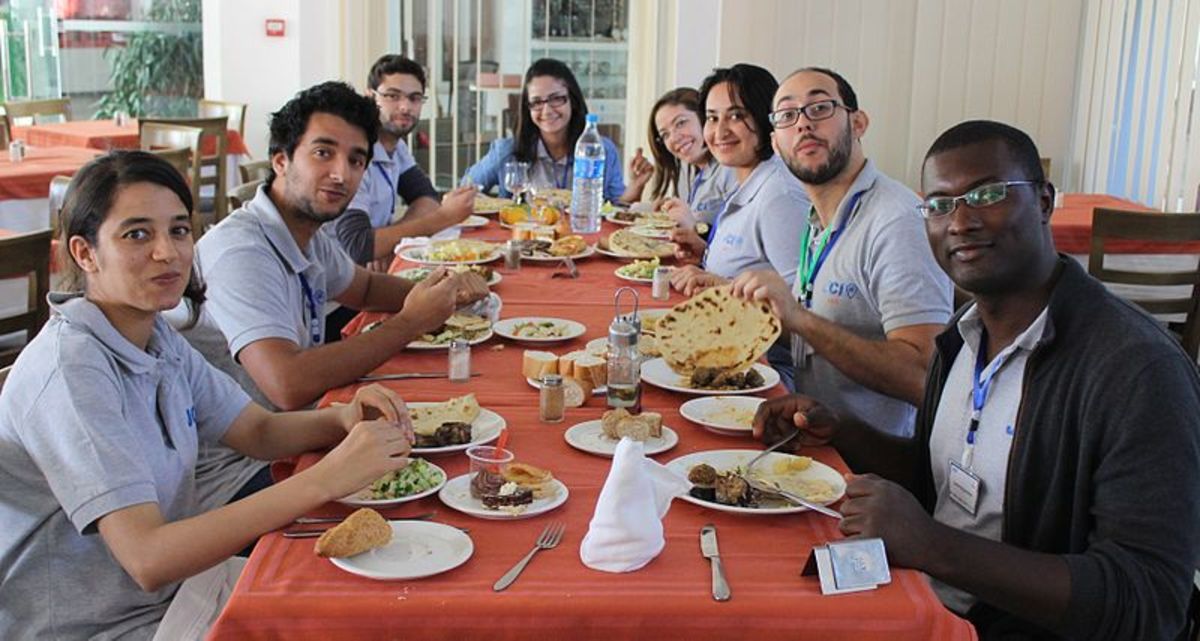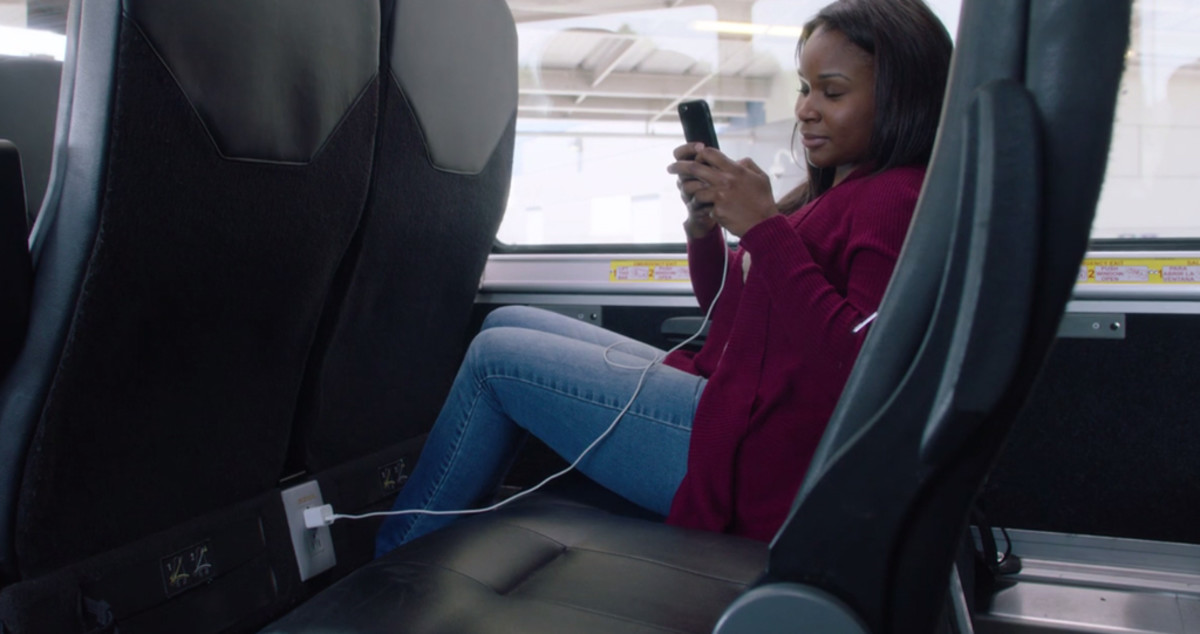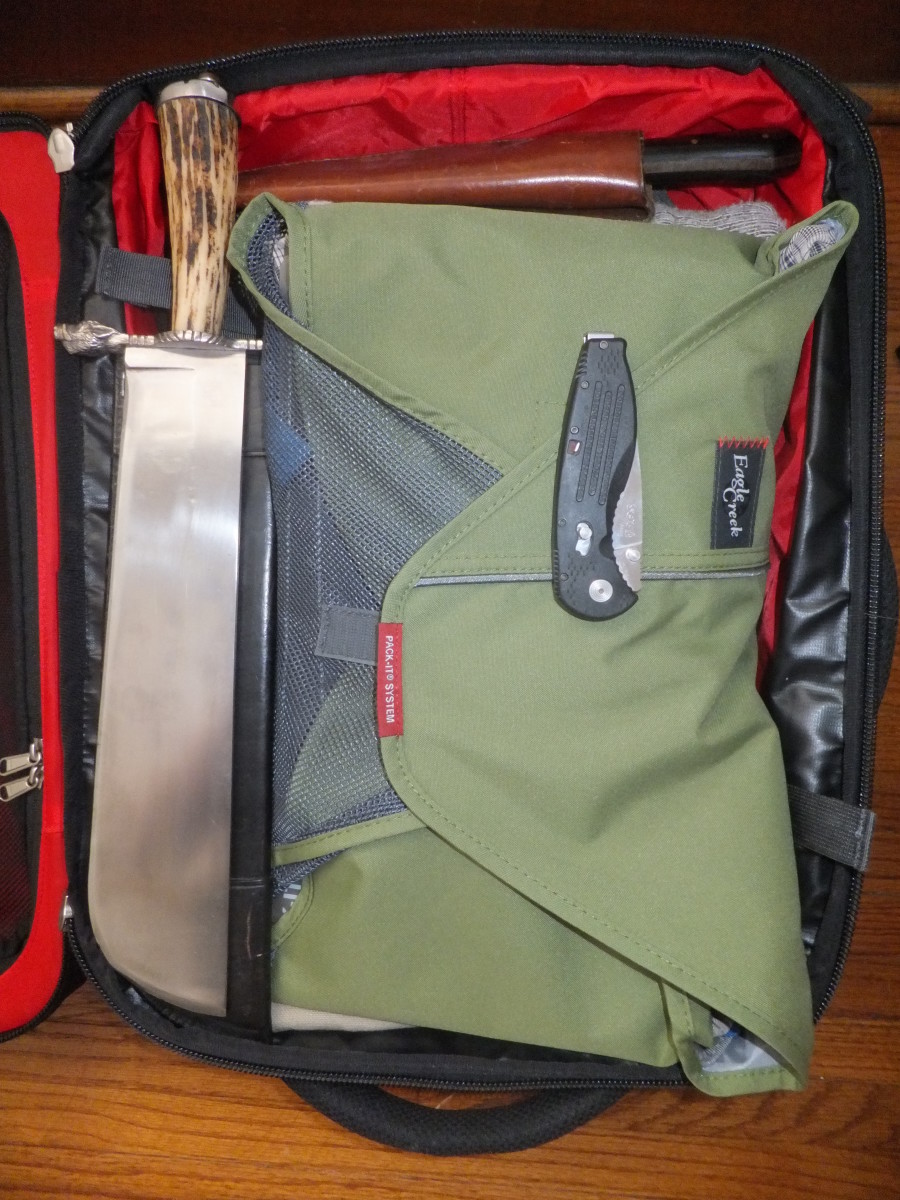Understanding the Spanish Schedule
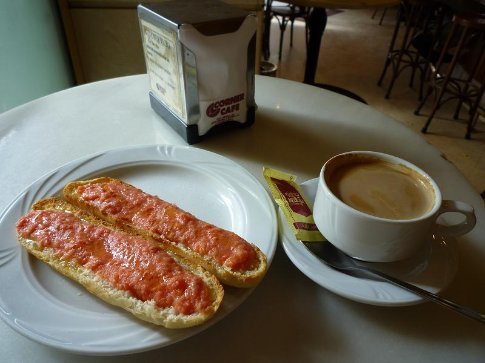
Breakfast (El desayuno)
Most Spaniards wake up around 7:30 a.m. At this time they will have a very light breakfast, probably consisting of café con leche (coffee with milk), as well as tostada (toast) with olive oil, jam, or tomato paste.
Morning Snack (Almuerzo)
Although "Almuerzo" literally translates as lunch, in Spain this is more like a second breakfast. This happens some time around 10:00 a.m. Spaniards will often refer to this as a morning snack, although it often times ends up being bigger than their breakfast. They might have another café con leche (coffee with milk) as well as another piece of tostada (toast) with olive oil, jam, tomato paste, or possibly even jamón (ham). It is also very common for them to consume some type of small pastry for this meal in place of their tostada (toast).
In Spain everyone goes to the market to purchase their groceries. All of this food is fresh and (at least to me) tastes a lot better than the packaged and altered produce you would purchase at Walmart in the U.S.
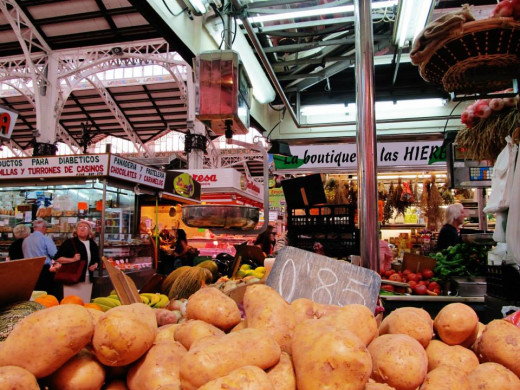
Lunch (La comida)
Lunch is by far the biggest meal of the day. Spaniards typically eat lunch sometime between 2:00 p.m. to 3:00 p.m. It may often vary from something consisting of lentil soup, chicken or fish, with sides of salad and fruit. One very popular Spanish lunch dish is paella. It consists of rice, traditionally fish (but often chicken is used), vegetables and sauce. I must say from experience that this is probably my favorite food that I have ever tasted!
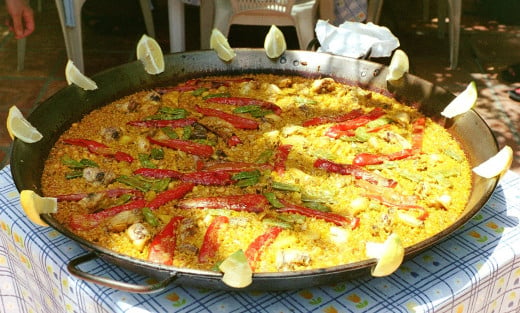
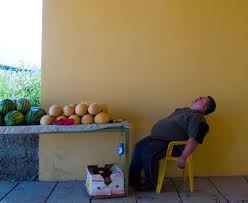
Although many Spaniards still take their siestas, the actual sleeping part of this break is fading as Spain gradually adapts to the modern business world. Most Spaniards use this time only as a short break before they return to work. Today, those who do take their siestas on a daily basis are typically young children and the elderly.
Nap Time (La siesta)
Right after lunch is when Spaniards take their siestas (naps). This originated because Spain is a very hot country and most people worked in the fields. The sun rays in Spain are typically the hottest right after the lunch period, between 2:00 p.m. and 5:00 p.m.. For this reason, the workers would eat lunch and then take their siestas. They would return to work afterwards when it had cooled off a bit. Today the siesta is still around. Mothers will prepare a very large lunch (as mentioned above) and everyone will come home to eat it (the father will come home from work but so will the son, even if he is older and has moved out of the house!). After consuming such a heavy meal, the Spaniards will cherish their time to relax and digest it by taking a siesta, then return to work after quite a lengthy nap (anywhere from 30 minutes to 2 hours!).
Although this is right around the time you would find yourself eating dinner in the United States, this is not the case in Spain. In Spain this is the time in which most businesses and restaurants shut down (between 4:00 p.m. and 8:00 p.m.). This break allows those businesses and restaurants to relax and stay open much later into the night, something very important for the Spanish lifestyle.
Afternoon Snack (La merienda)
Spaniards typically have an afternoon snack sometime between 5:00 p.m. to 7:00 p.m. Expect yet another café con leche (coffee with milk), along with a pastry and possibly a fruit or yogurt.
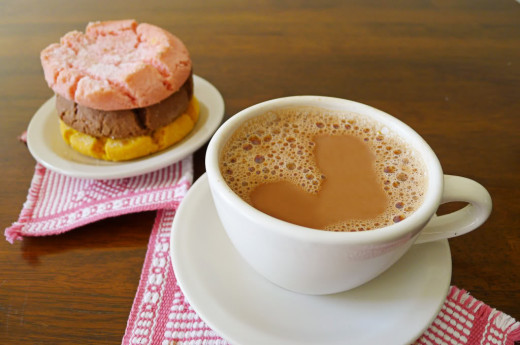
Jamón (ham) is very popular in Spain and expect to encounter it often, whether it be on a breakfast sandwich, for lunch or on your bocadillo for dinner!
Dinner (La cena)
Finally, we have reached dinner. This is eaten any time between 9:00 p.m. and 12:00 a.m. In other words, Spaniards eat dinner extremely late! However, Spanish dinners are a lighter meal. Many times they will consist of a bocadillo (sandwich) or some type of seafood with rice, a salad, and a fruit.
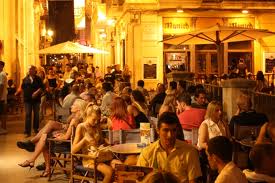
After Dinner Nightlife
After dinner, many Spaniards will go out with friends or family. This does not necessarily mean to discotecas (clubs) as that is usually left to the weekends, but often times to a sit down café or a pub. This can last for a few hours, and on a typical workday expect a Spaniard to go to bed sometime between 12:00 a.m. to 1:00 a.m.!

